I wanted to like Puddicome’s Sir Isaac’s Premium Pear Cider. I really did.
There’s something about the very notion of Pear Cider, or Perry as it is often referred to in the UK, that has appealed to me ever since I first heard of the stuff whilst studying for my very first Wine and Spirit Education Trust course in Edinburgh in the early 90’s. I have always adored the different flavours of pears and the idea of fermenting said tree fruit into a delicious alcoholic beverage presses all the right buttons for me.
With this in mind I set out to write a “Try This” column about Sir Isaac’s, a premium pear cider from Puddicombe Farms in Stoney Creek, having memories of enjoying a glass of it a great deal some months previously.
Unfortunately this is where things began to go a little… errrr… dare I say it?… pear-shaped.
Gone were the attractive, bright and vibrant pear aromatics of which I had been fondly reminiscing, the glass emitting a nose of tired, oxidised fruit. I’m sad to report that the palate had gone very much the same way, flaccid and saggy. The same was true for the next five cans that I opened. I have to say that I was most disappointed, not only because I had to seek out a new Autumnal beverage to recommend, but also because after one of tougher days looking after our baby boy, I was looking forward to putting my feet up, enjoying a good few pear ciders, and watching BBC’s The Village.
The next day I contacted Puddicombe, simply to point out that perhaps one of their batches had gone south, but all of this did get me thinking…
How do they ensure a consistent product when the pears are harvested once a year?
Perhaps these cans were from the end of the pear cider from last year’s crop?
Cidermaker Brock Puddicombe got back to me reasonably sharpish, and asked if he could send me a case of his new canning run. Of course he could! Not expecting anything but some information to help me better understand the process, I was quite overwhelmed when a 24 of the new and rather striking bright green cans arrived at the door. As I had the house to myself that evening, I settled in for the night, just me and the cat, and a two-four of Sir Isaac’s… Score!
The new cans were really quite good, the delicious fresh pear aromatics were back, and the the palate was firm, with a little more dryness than I remembered. But then around three cans in, the following happened (see video below).
If you are having trouble viewing this video please click here.
I suddenly realised that this third can had taken a strangely long time to pour into the glass. At first I thought it was my eyes playing tricks (Sir Isaac’s weighs in at 6.5% alcohol), but no, the pear cider was mucus-like in nature, with a viscosity not dissimilar to that of egg white. I’ll admit to you here that I gagged a little, imagining the worst when thinking just what could be in that can.
Upon further investigation it appeared that four of the 24 had suffered the same fate… how strange.
My first issue had been with the consistency of the product, my second with the consistency of the consistency!
I communicated my findings to Brock Puddicombe and he was kind enough to answer my probing questions in the interview below. I really do appreciate him taking the time to do this.
…
Good Food Revolution: So when did you begin making pear cider AKA Perry? and why?
Brock Puddicome: In March of 2009 the CanGro canning plant closed in St. Davids. Our farm, Puddicombe Farms was one of the larger growers that shipped pears to CanGro. This left us with a fairly large volume of product with no home. We started doing small trial batches in 2008, doing a total of about 200L. Then in 2009 decided to do a little larger batch size and more trials with different yeasts and pear varieties. Largely in part to the closing of the plant. In 2010 we decided to make a go at producing it for the market. In that year we produced 16,000L. Last year we produced over 200,000L of cider, with the majority (80%) of that being our pear cider.
GFR: I believe that your sister and yourself travelled to the UK to learn the process? Where did you study?
BP: My sister and I traveled the UK in January of 2010 to get a more in depth look at the processes they are using to produce cider in their markets. We didn’t attend any schools or work shops. Instead we went straight to the source and toured quite a good number of cider companies and asked them everything from yeast types to fermentation periods to cultivars they used and styles of cider they produce. It was really quite informative and we feel we learned more from that trip then if we were to study in a school setting.
GFR: And why do you chose to call it pear cider instead of, the rather quaint, Perry?
BP: The term “Pear Cider” is only used for marketing purposes. The consumers know the term and are very informed on what it’s meaning is. That term “Pear Cider” actually came out of the UK and was used specifically for that reason. Not as many people are aware of the term “perry”. We in the industry are very aware of it but from the consumer stand point not quite as informed.
GFR: Now, you only harvest pears once a year, right? Please explain how you manage to maintain consistency with your Sir Issac throughout the year?
BP: This is correct. We only harvest once a year, no different than a grape (wine) harvest. It is actually stored very similar to a white wine as well. All our ciders are stored in large stainless steel tanks/vats. Then gets drawn on for end use bottling/canning from those tanks. The process from start to finish is very similar to a white wine, with of course minor variances.
GFR: So how would the consumer know if a can of Sir Issac was “fresh” or not? What is the recommended shelf life of your pear cider.
BP: All of our canning and bottling gets done from a third party source. At the time of bottling/canning they put a date stamp on the product with the “best before” date stamped on each can. To date, we have always used fresh product from the year before as we have always been in a sold out position going into harvest. So the “fresh” aspect has never been an issue, as it has always been consumed within 12 months of when it was freshly harvested.
GFR: I’m concerned that the product is not always consistently fresh. Do you have any thoughts on the cans from the previous run that were affected by tired, oxidised fruit?
BP: We do everything up to the point of canning and bottling. As I said before, for that we use a third party source. So from pressing to filtering and everything in between gets done on site. From this point it gets shipped to the canning and bottling facility to get packaged. Before it gets shipped each batch is tested for QA and only gets shipped if it meets our approval. We are currently in the process of acquiring our own packaging facilities, thus allowing us to have complete control from start to finish.
GFR: Your can only lists Canadian Pear Juice, Sugar, and Sulphites as ingredients. So nothing else could be in there? Fining agents? Acid adjustments? any other additives?
BP: Correct! In our first year of mass production (2010) we used “isinglass” for fining the product. We then changed in years following to only cold filtering our ciders and not using any fining agents. Thus allowing the vegan markets to enjoy our products as well.
GFR: So how would you explain the issue that I had with three out of 24 of the new run of cans?
BP: Unfortunately and honestly I can’t explain it. We do everything in our power to make sure all our product quality is topic notch. But unfortunately at this time we are not in control of everything from start to finish. So there is always room for improvement. Like anything that is produced, whether it be a car, tv, computer, a bag of chips or a bottle of wine, there is always a chance of imperfections. It is the job of company to make sure those are minimized as best as possible and we are taking the necessary strides to do that.
GFR: Thanks for your time Brock.
BP: Thank you Jamie! I appreciate your time and for contacting me. I really hope to hear from you in the future.
…
 Edinburgh-born/Toronto-based Sommelier, consultant, writer, judge, and educator Jamie Drummond is the Director of Programs/Editor of Good Food Revolution… And he’s not quite sure where he stands on this now… is it a “Try This” or a “Don’t Try This”?
Edinburgh-born/Toronto-based Sommelier, consultant, writer, judge, and educator Jamie Drummond is the Director of Programs/Editor of Good Food Revolution… And he’s not quite sure where he stands on this now… is it a “Try This” or a “Don’t Try This”?

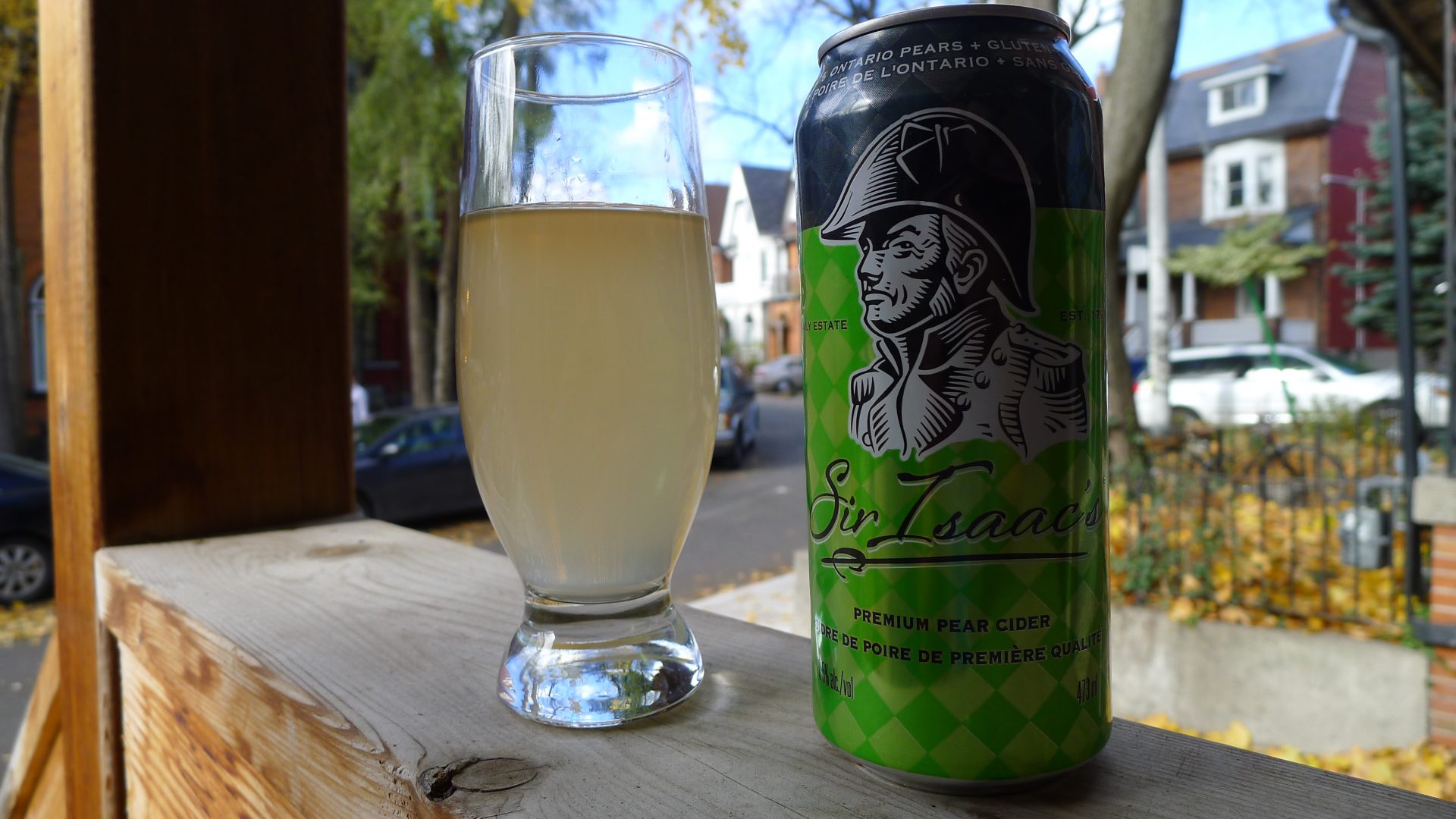
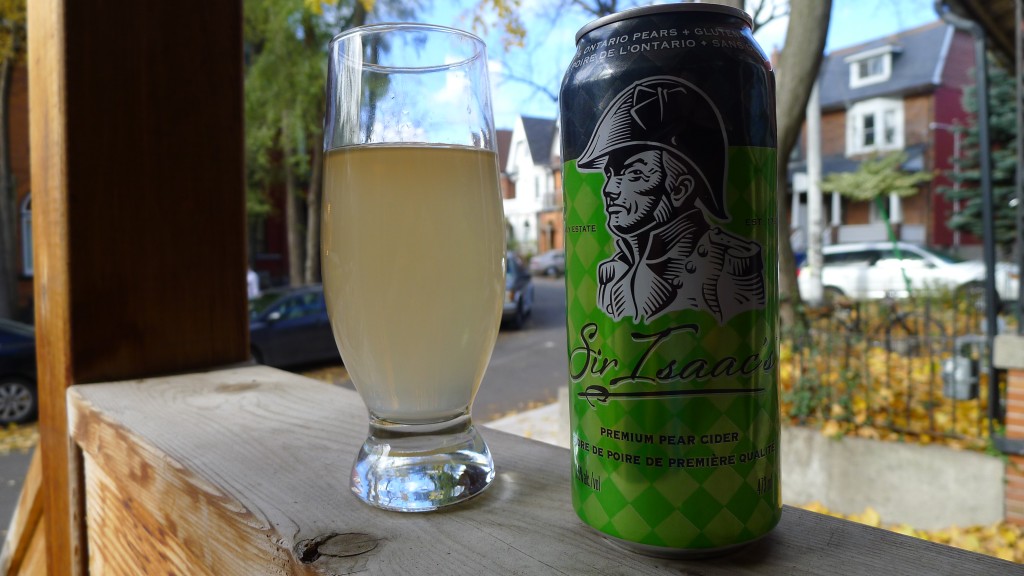


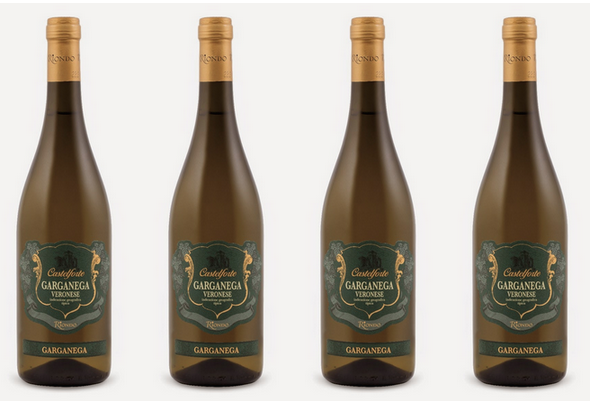
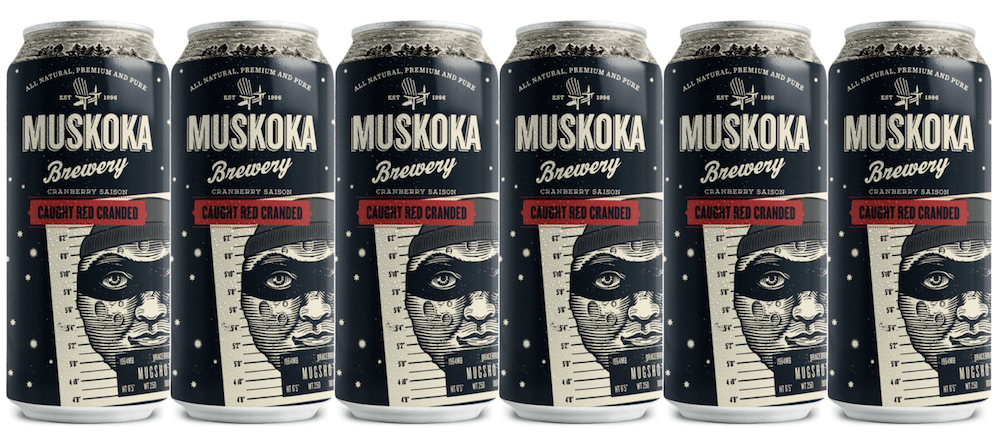
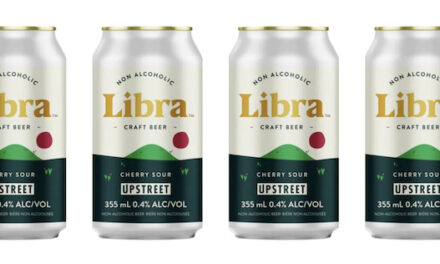

I had the same issue.
The product came out syrupy. When I drank it, it actually tasted like I had pear in my mouth. Like a soft pear.
I was wondering if this was the true nature of the cider, now I am not sure.
I’ve never had an issue. Been drinking it for two years. This has become my favourite weekend beverage.